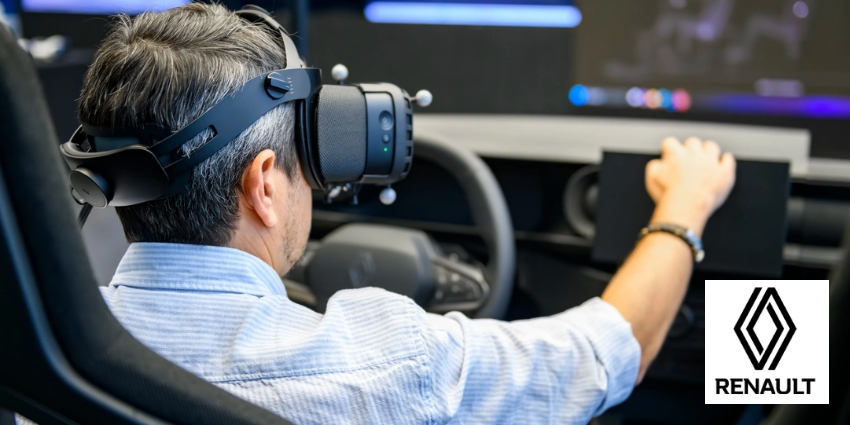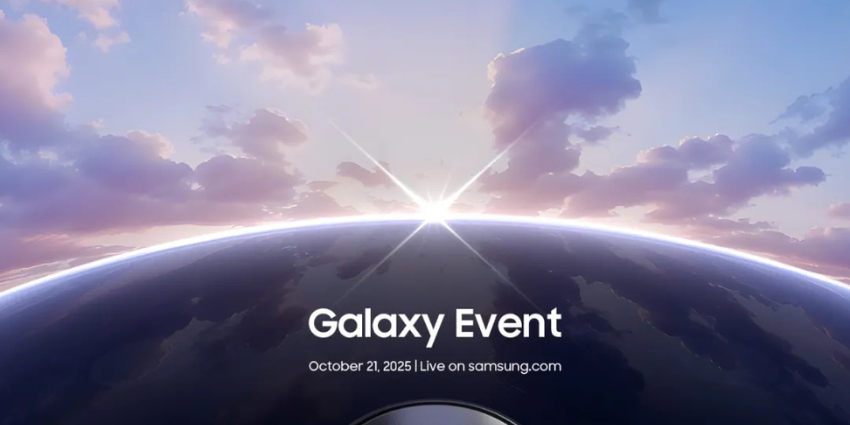With Samsung’s mixed-reality headset Galaxy XR launching before the end of 2025, and two AR glasses models reportedly lined up for 2026, the company is gearing up for a fully-fledged return to extended reality. Unlike its oft-forgotten Gear VR experiment a decade ago, Samsung is playing the long game this time.
Mirroring recent moves by Apple and Meta, Samsung isn’t just shipping headsets; it’s building a connected Galaxy XR ecosystem, betting that simple, seamless compatibility will be the key to mass XR adoption.
Samsung’s XR Ecosystem
The tech race in XR is increasingly about scale, not just specs. Apple, Meta, and Samsung are all betting that mass adoption will come from making immersive tech fit naturally with the devices and habits people already love.
Samsung’s dual-track XR strategy captures that perfectly: premium mixed-reality headsets for professionals and creators, and lightweight AR glasses for everyday life.
According to Sedaily, one of Samsung’s upcoming smart glasses will ditch the display entirely, focusing on audio, camera, and voice – a direct answer to Meta’s Ray-Ban line. The other, built with Google under the codename Project Haean, aims higher, offering users a full visual overlay.
Shahram Izadi, Google’s VP of Android XR, said:
“These glasses work with your phone, streaming back and forth, allowing the glasses to be very lightweight and access all of your phone apps.”
With these two platforms, Samsung is betting that XR adoption will be driven by comfort and compatibility rather than flashy features. By letting people do familiar tasks like listening to music, taking photos, and joining calls, Samsung is attempting to lead a seamless evolution of the connected life we already live.
Lower Barriers, Larger Galaxy
Samsung’s partnership with Google could be its secret weapon. Android’s open DNA means lower costs, faster scaling, and access to a massive app ecosystem. If Android XR SDKs land on schedule, we could see a burst of cross-platform creativity – from immersive productivity suites to spatial collaboration tools that plug straight into your phone or laptop workflow.
That could be a major advantage for enterprise adoption and help Samsung close the gap with rivals that already have a head start in both consumer and enterprise markets. Apple’s current Vision Pro headset, for instance, is packed with impressive features, but its integrations are limited. Samsung’s strategy, by contrast, is built on inclusion with your phone, watch, and headset acting as different entry points to the same ecosystem.
The Battle for Daily XR
Meta is certainly leading the charge with wearables at the moment, particularly with their latest announcements at Meta Connect 2025. Similarly, Apple’s unified ecosystem delivers a cohesive user experience across devices (which their recently announced AR glasses will likely slip into).
But Samsung’s vertical integration gives it a rare edge. It makes the displays, the semiconductors, the sensors – and, crucially, the smartphones billions already own. That kind of synergy could make XR not just more affordable, but more natural.
This shift from niche headset moments to everyday AR mirrors what smartphones once did for computing. If Samsung can stitch its hardware into a seamless Galaxy experience, XR tech could finally move from novelty to necessity. This isn’t about replacing screens; it’s about expanding presence – bringing the digital world closer to how we already live and work.
Who Connects, Wins
Samsung’s XR return isn’t just another product cycle – it’s a philosophical pivot towards ecosystem orchestration. With Project Moohan and its AR glasses roadmap, Samsung is building bridges where others built walls.
If Apple offers the premium edge and Meta owns the mass market, Samsung could own the middle ground – accessible, integrated, and quietly everywhere.
As spatial computing starts to merge with our devices, our data, and daily routines, one thing’s clear: the XR race won’t be won by whoever builds the flashiest headset, but by whoever makes XR feel effortless.







